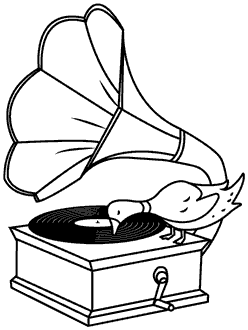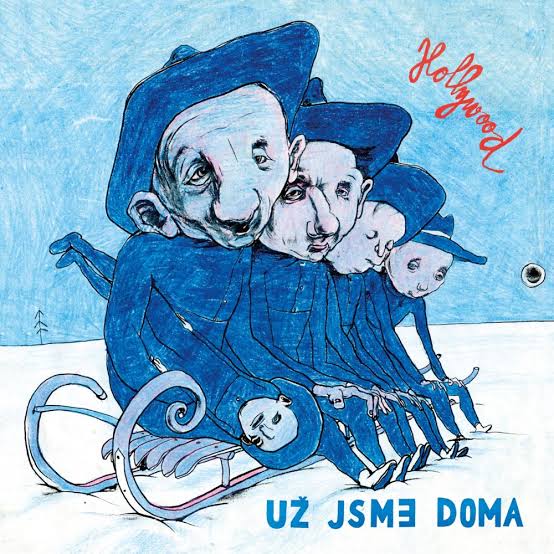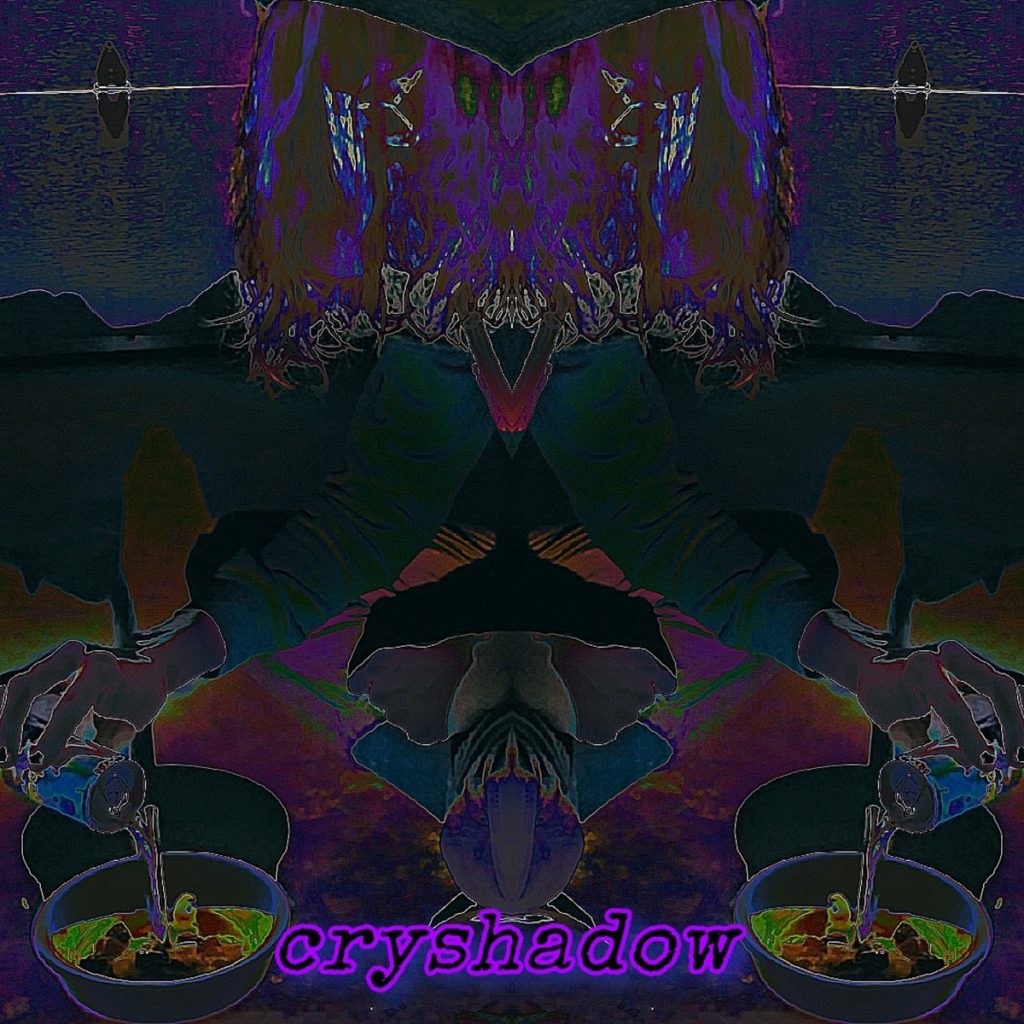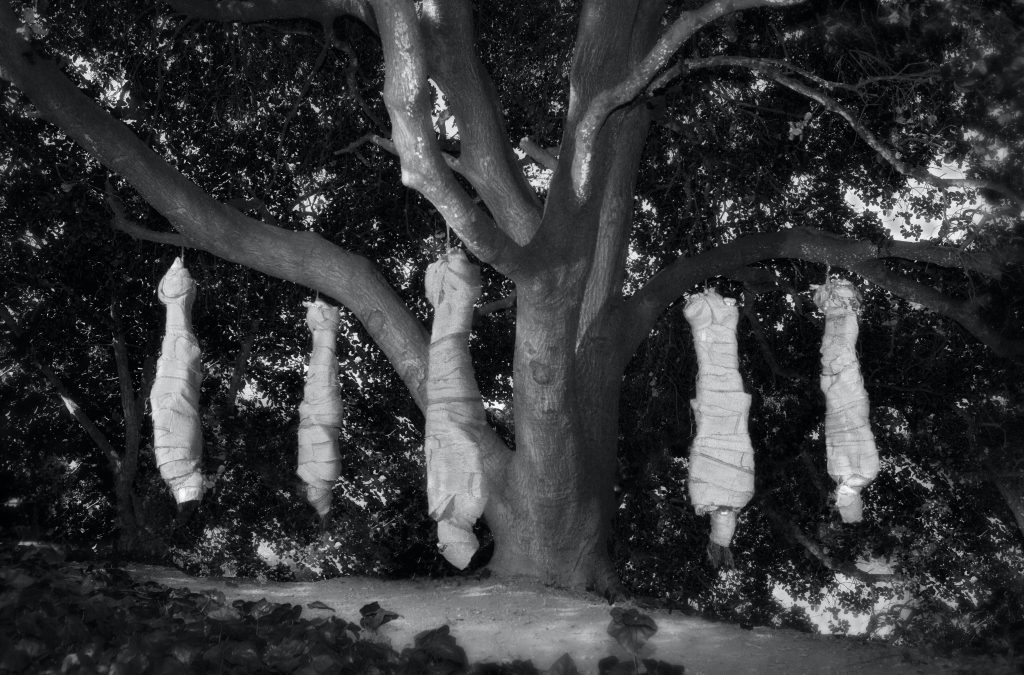
Current research indicates that within 2 years of use, a pillow’s weight increases by 30% due to the accumulation of dead skin cells, dust mites, and their droppings. In a similar fashion, Free Salamander Exhibit has gradually augmented its own weight through an accumulation of musical and literary droppings, distilled these into creative impulses- -impulses committed to memory and subsequently forgotten.
Originally called the Rock Springs Six, Free Salamander Exhibit makes no bones about being influenced by the early work of Sleepytime Gorilla Museum. “Yeah, we all have that first record,” they mutter nonchalantly. Their new name is taken from the Sleepytime Gorilla Press’s 1916 leaflet distributed by Pentecostal snake-handler George Went Hensley of Tennessee, wherein the gospel dictum “They shall take up serpents and salamanders” was treated to more or less literal interpretation. “Yeah, we all handle them, salamanders that is,” they confess. Yes, they have renounced their snake handling ways in favor of the modern hair-shirt, i.e. the burlap gown. Certainly their outfits are uncomfortable and make playing difficult, especially for the non-rock instruments they sometimes employ, but what price beauty?
It seems the past is something this band of burlap brothers would rather put to rest. Free Salamander Exhibit gained some notoriety in the early 2000s by impersonating the members of Sleepytime Gorilla Museum, even going so far as insinuating themselves into the SGM members’ households. When it was announced in 2010 that SGM had been “subsumed” into the very bodies of Free Salamander Exhibit, the music press understood this to figuratively refer to a simple regrouping. Boy, were they wrong.
Currently based in Oakland, CA, Free Salamander Exhibit continues to shed its dead skin cells, casting off an accumulated detritus of metal, prog-rock, and art-rock influences. Nils, Dan, Michael, David, and Drew (at least these are the names they claim) meet regularly in an underground concrete shelter. Here they sit at an oval-shaped table in a spirit of constructive argumentation, poring over the nature of memory and the illusory promise of free will. Eventually they emerge, ready again to absorb the environmental stimuli that nourish their world-view. Through this circular process of absorption and molting, Free Salamander Exhibit hopes to augment the mass of your own pillow as well.
Shed some skin with Free Salamander Exhibit in your town soon!

Uz Jsme Doma
Uz Jsme Doma spent the first years of its existence in underground Czechoslovakia. After the Velvet Revolution it was one of the first groups to storm out and establish an alternative rock sound for the new republic. Along with Plastic People of the Universe they became ambassadors of Central European rock, frequently touring the U.S. and establishing a cult following in America. If the PPU embody the Communist repression of the 1970s and 1980s in their gloomy, despair-driven music, then Uz Jsme Doma represents the exuberance of liberation. Punk in spirit, activists at heart, and strongly avant-garde in their dissonances, complex songs, and humor, they are the Czech Republic’s best group of the 1990s.
Jindra Dolansky (saxophone, vocals) started Uz Jsme Doma in 1985 in the border town of Teplice. The group’s name comes from a Czech expression that loosely translates into “now we’re at home” (meaning “now I get it”). Stamped “antisocial” by the Communist government, the group spent its first years playing illegal concerts, going through numerous changes in their lineup, and writing an impressive repertoire of avant-punk songs influenced by Pere Ubu, the Residents, the Sex Pistols, and the Rock-in-Opposition movement. In the wake of the student protest of November 17, 1989, and the precipitated events that ensued, Uz Jsme Doma rose as a symbol of new times. They performed in front of 15,000 people on December 3 and soon co-leader, lyricist, and lead singer Miroslav Wanek was drafted by the interim government of the group’s hometown.
The end of the Communist era meant the group was now able to record. Uprostred Slov (1990) and Nemilovany Svet (1991) were quickly committed to tape. These years saw the group’s lineup stabilize around Wanek, Dolansky, saxophonist Alice Kalousková, guitarist Romek Hanzlík, bassist Pavel Kerka, and drummer Pavel Pavlicek. Even though painter Martin Velisek never played a note with the band, he has always been considered a full-time member. His artwork has been instrumental in establishing the group’s identity.
As early as 1991, Uz Jsme Doma embarked on a never-ending touring schedule that quickly took them to America, building a following in New York and on the West Coast, and earning them a reputation as “touring monsters.” In 1992 an English version of Nemilovany Svet (Unloved World) was released in the U.S., which in turn led to a contract with BMG for the recording and release of Hollywood. Disenchanted with the major label’s lack of support, the group signed with Czech label Indies and released Pohádky ze Zapotrebí (1996). This album introduced a new rhythm section in bassist Jan Cerha and drummer Milan Novy. The group made many visits to America during this period, appearing in the Residents’ tour/album/CD-ROM Freak Show in which they played the circus band, and recorded a live album, Vancouver 1997. Hanzlik quit shortly after. For the 1999 CD Usi, Wanek and Dolansky revamped the band by hiring Radek Podvesky (guitar) and Petr Böhm (drums). ~ François Couture, Rovi

cryshadow
cryshadow is an eclectic music project from Boise, Idaho. I make everything from folk punk, to weird EDM, to skacore. Expect more music on the punk/folk/ska side of this.



